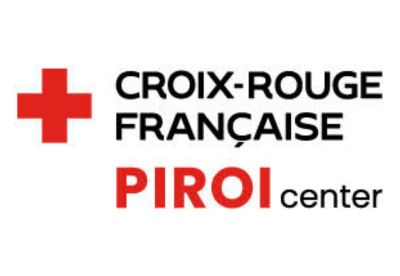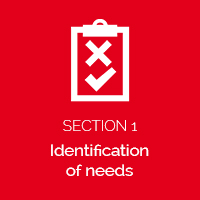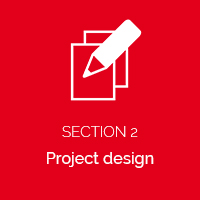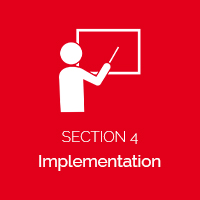
Public awareness and school education activities should facilitate access to information and the transmission of messages on natural and climatic hazards. During the planning stage, the appropriate communication methods should be identified to achieve these objectives. The development of educational materials should be contextualised and tailored to the target audience.
See the corresponding tools
 TOOL 1 – A short guide to information accessibility for all
TOOL 1 – A short guide to information accessibility for all
(Humanity and Inclusion Madagascar)
Objective: To design communication tools that meet the needs of a wide audience, whatever their age, ability, culture or literacy level, and without the need for a specific or adapted version.
Description: This guide includes the following information:
- Designing an accessible medium
- Advice for each communication medium
- Which media for which disability
- The elements of composition
|
Added value of the tool : Guide contextualised to Madagascar. Consideration of the inclusive approach. Various examples of communication tools Point of caution : No particular points of caution except that the document could have provided examples |
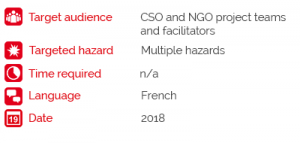 |
 TOOL 2 – Key Messages for DRR and Resilience
TOOL 2 – Key Messages for DRR and Resilience
(Save the Children and Solomon Islands Red Cross)
Objective: To harmonise messages for DRR.
|
Description: Guide to support (i) the population to take action; (ii) volunteers and DRR actors to carry out awareness campaigns in the media; (iii) teachers to use key messages with students to create posters, songs, etc. Added value of the tool: Comprehensive guide with a multitude of key messages for different hazards, including epidemics Point of caution: Exists only in English, and intended for literate people as there are no graphics |
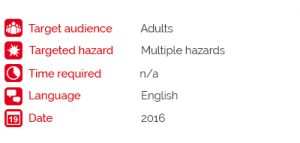 |
